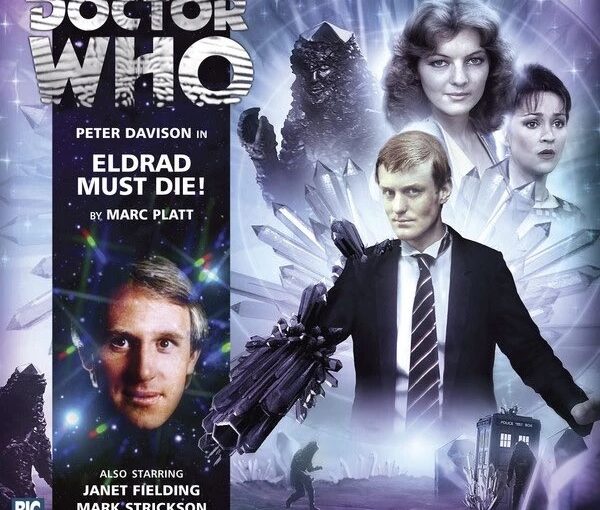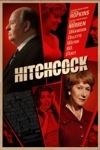The drama is a follow-up to every Doctor Who story aired between 1974 and 1977 that featured an original antagonist, except for three. The story resurrects Eldrad, played by Stephen Thorne, and is the opener for the latest trilogy of audio dramas featuring the Fifth Doctor, Tegan, Turlough, and Nyssa.
While I’m not a big fan of Big Finish’s tendency to exhaust Doctor Who’s past, particularly the Hinchecliffe/Holmes era, I keep an open mind. The Five Companions was enjoyable, The First Sontarans was surprisingly effective, and The Curse of Davros provided a fresh perspective on its titular character. Unfortunately, Eldrad Must Die! falls short of expectations.
Marc Platt, who has delivered some inventive stuff in the past, presents a generic storyline with thin characters that fail to engage. The characters run back and forth, talking about crystals, but nothing seems to go anywhere. While there are some intriguing crystalline images, they are communicated clumsily.
Although the story follows up on some elements of Mawdryn Undead and Turlough’s exile from Trion, they don’t add much to the character. The characters lack the spark that makes the best stories of this companion team work. Most of the drama appears to bide its time until Eldrad shows up, which results in Stephen Thorne shouting a lot. The story then comes to an abrupt end.
Eldrad Must Die! is another audio drama that brings back an old foe and assumes it will be sufficient to pique our interest. Unlike The First Sontarans, this is yet another story that fails to deliver.
Wilfredo Acosta’s incidental music is generic orchestral warbling, but he does a great job with the Kastrian crystals. The sound designer is highlighted on the CD Extras, which is unusual.
However, it is worth noting that while Eldrad Must Die! may have its shortcomings, Mark Strickson’s performance as Turlough is outstanding. He brings depth and nuance to the character, elevating the material and making it more engaging. Strickson is one of the best actors to have portrayed a companion in Doctor Who, and his work on audio is no exception. His performance is a highlight of the drama and a testament to his talent as an actor.
In addition to Mark Strickson’s standout performance, the rest of the cast also do a commendable job with their roles. Peter Davison delivers a solid performance as the Fifth Doctor, balancing the character’s intelligence, wit, and compassion in a way that fans have come to expect. Janet Fielding, Sarah Sutton, and Mark Strickson also slip back into their roles as Tegan and Nyssa effortlessly, capturing the essence of their characters from the television series.
The supporting cast, including Julie Graham as Dr. Carter and Matthew Cottle as Rossiter, also contribute strong performances, bringing energy and personality to their roles.
Overall, the cast of Eldrad Must Die! brings a sense of familiarity and comfort to Doctor Who fans, making the audio drama a worthwhile listen for those who want to spend more time with these beloved characters.


